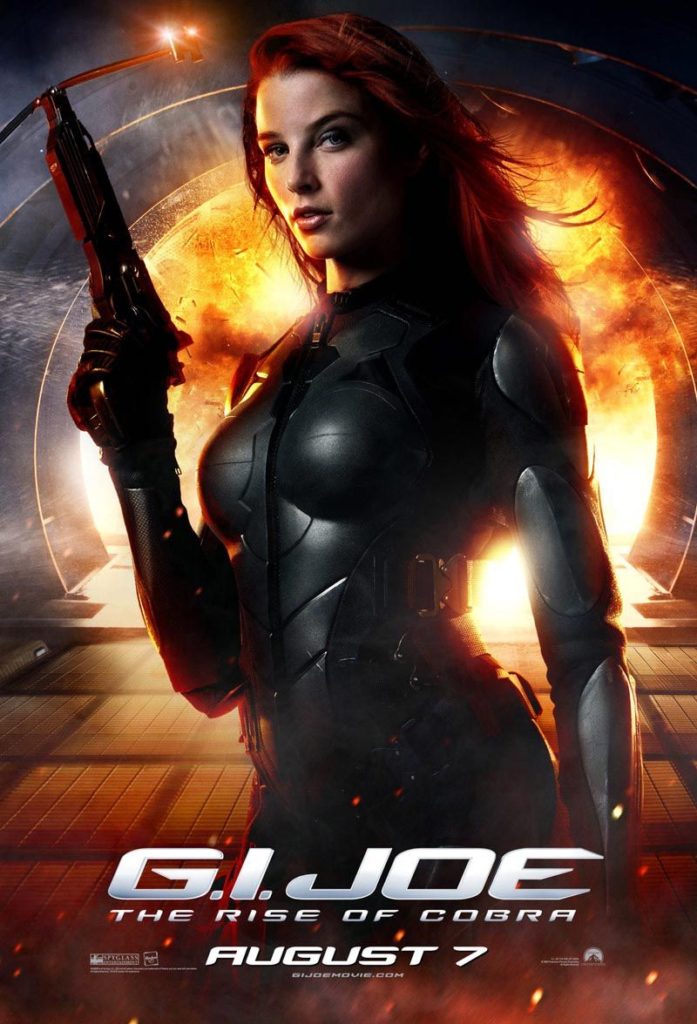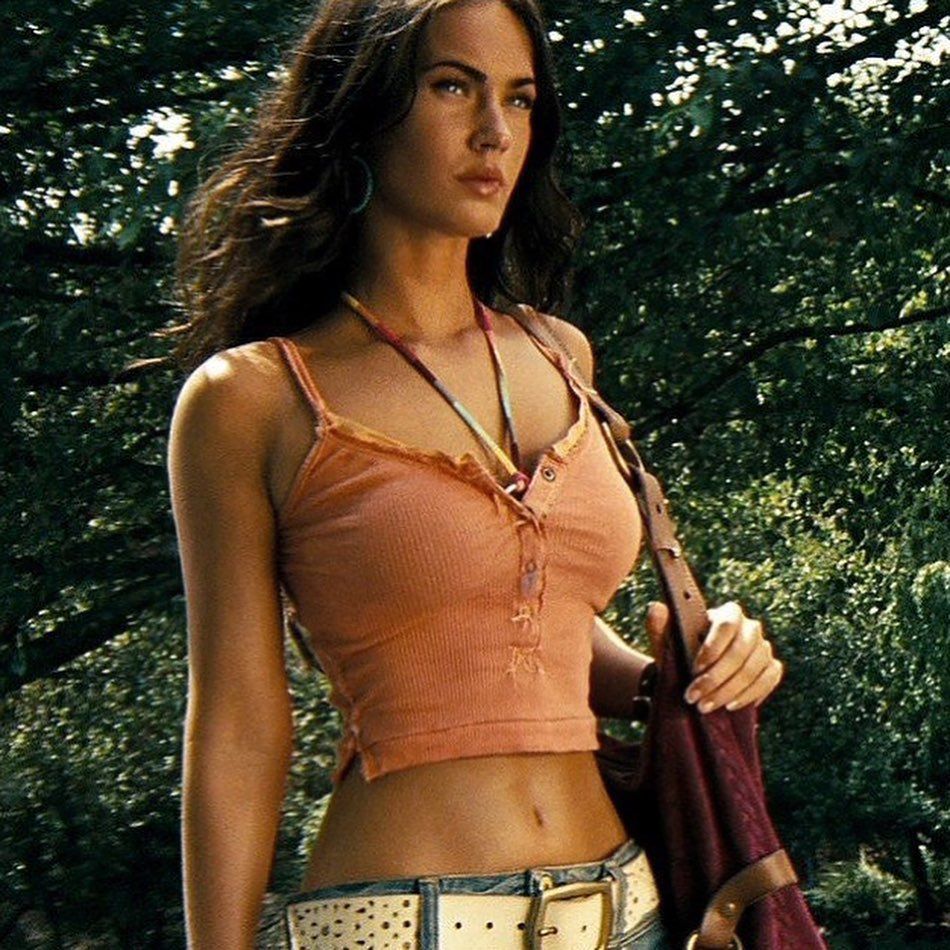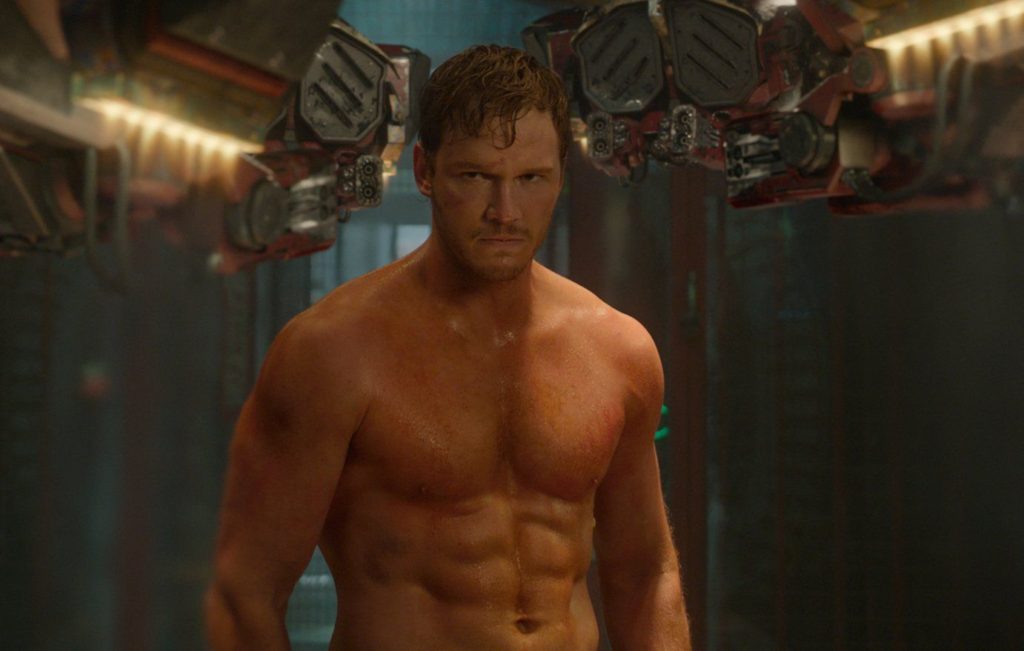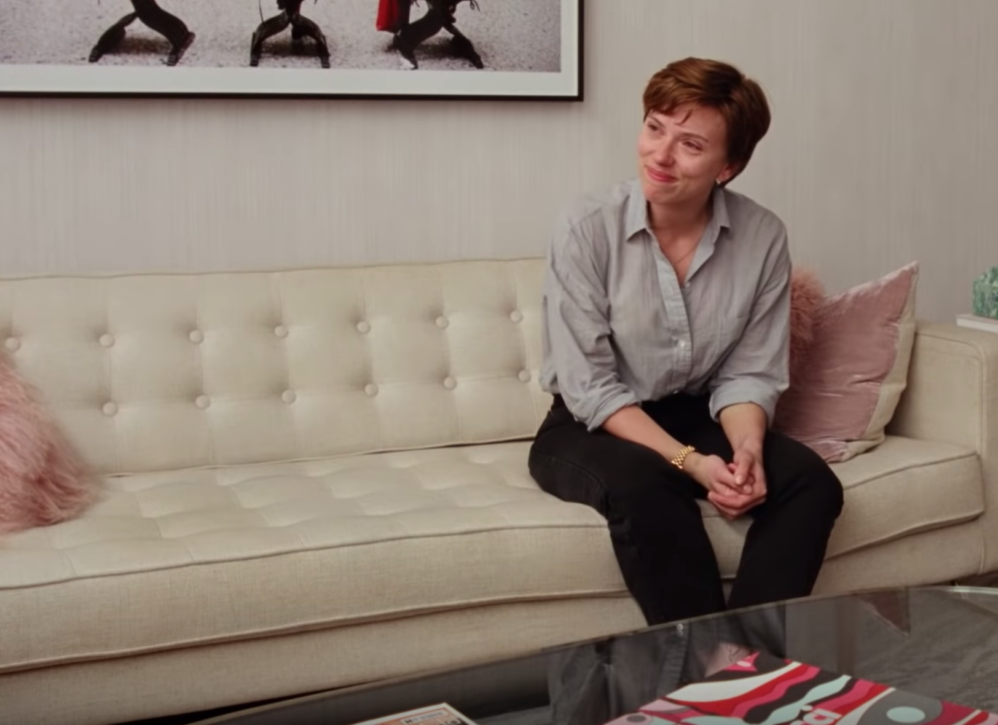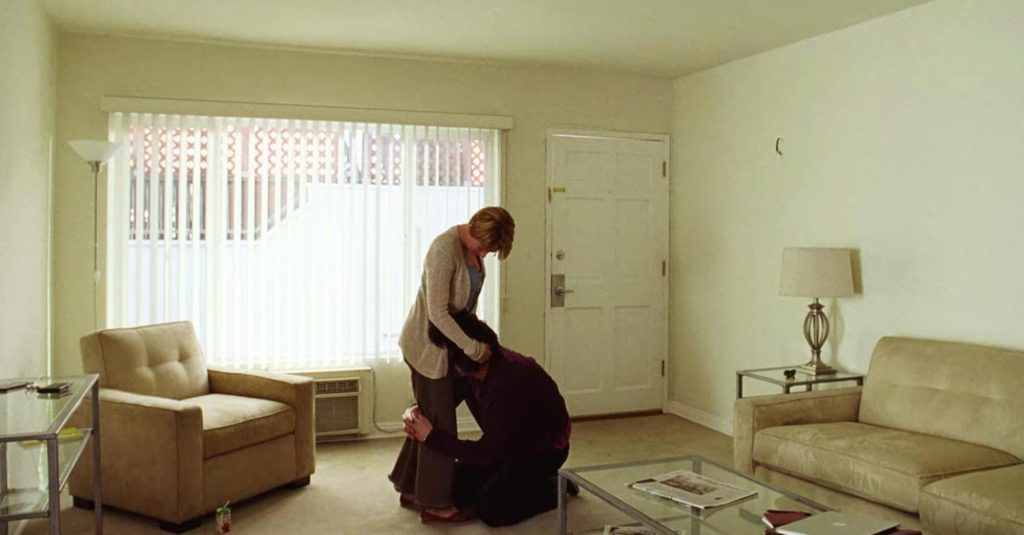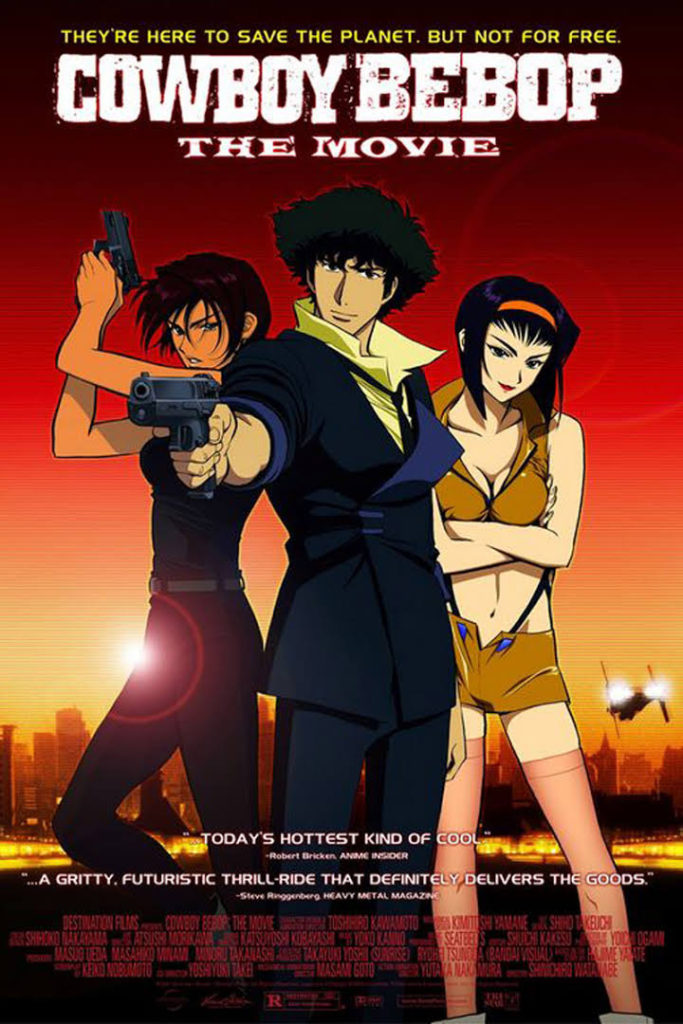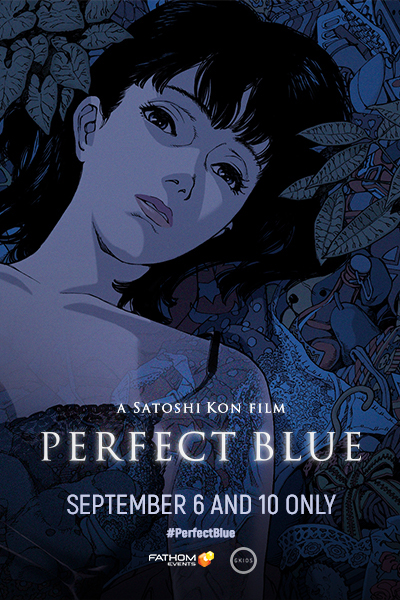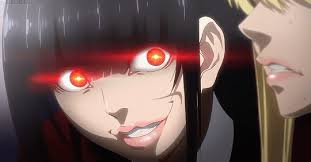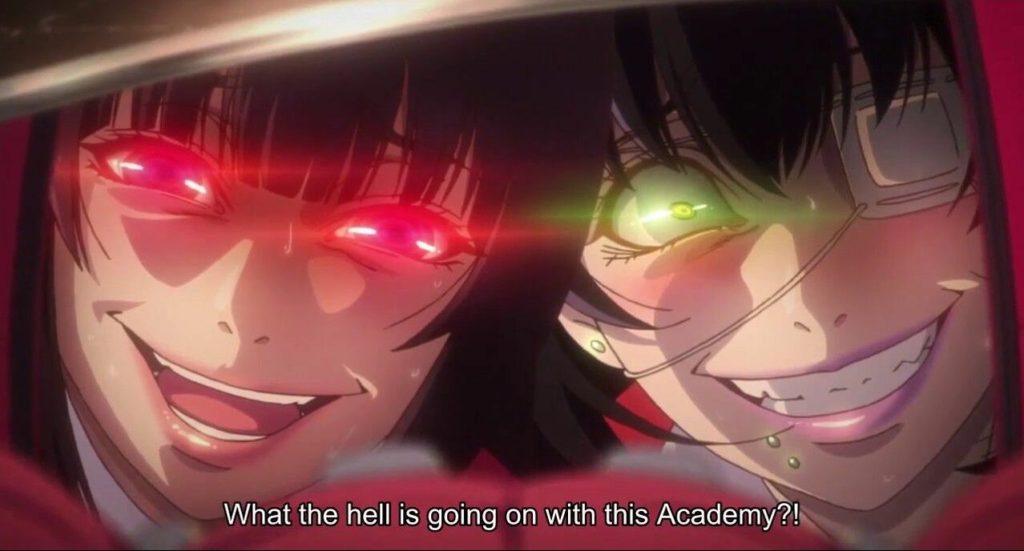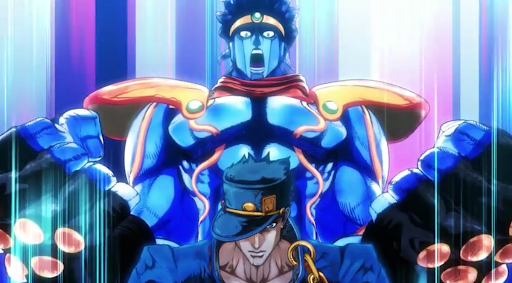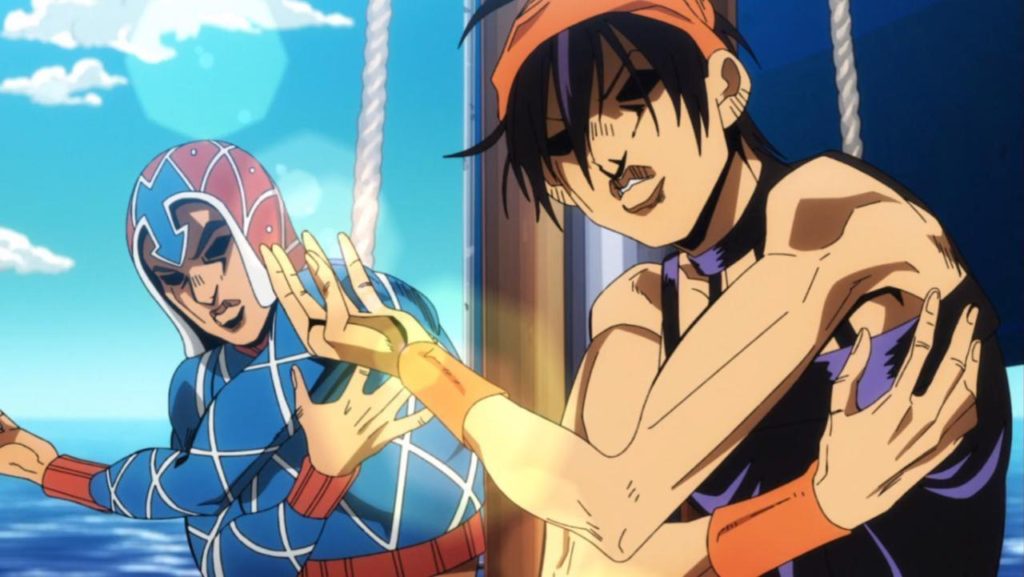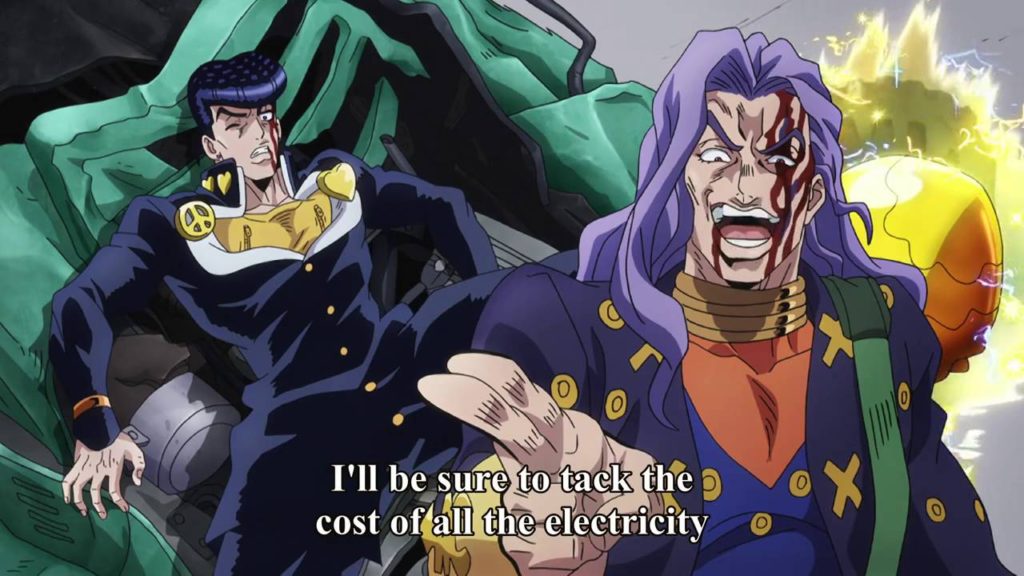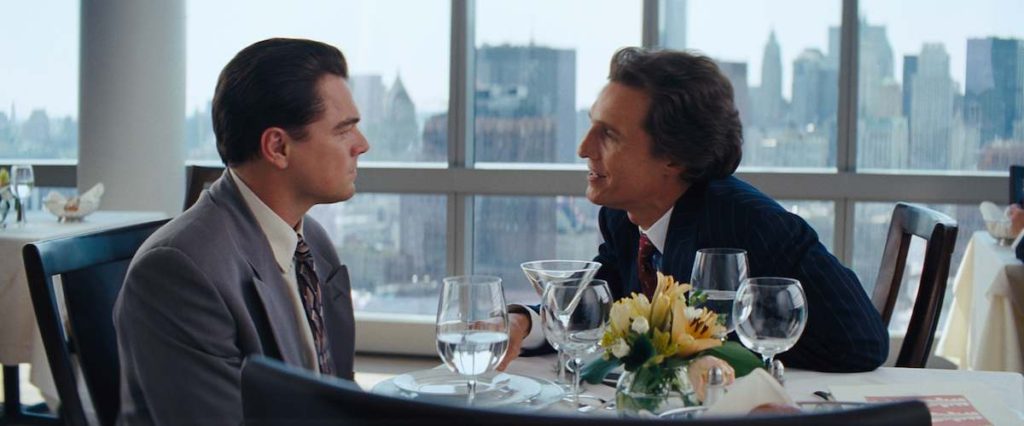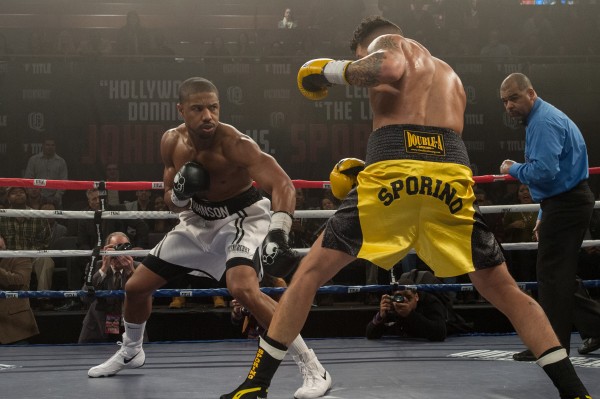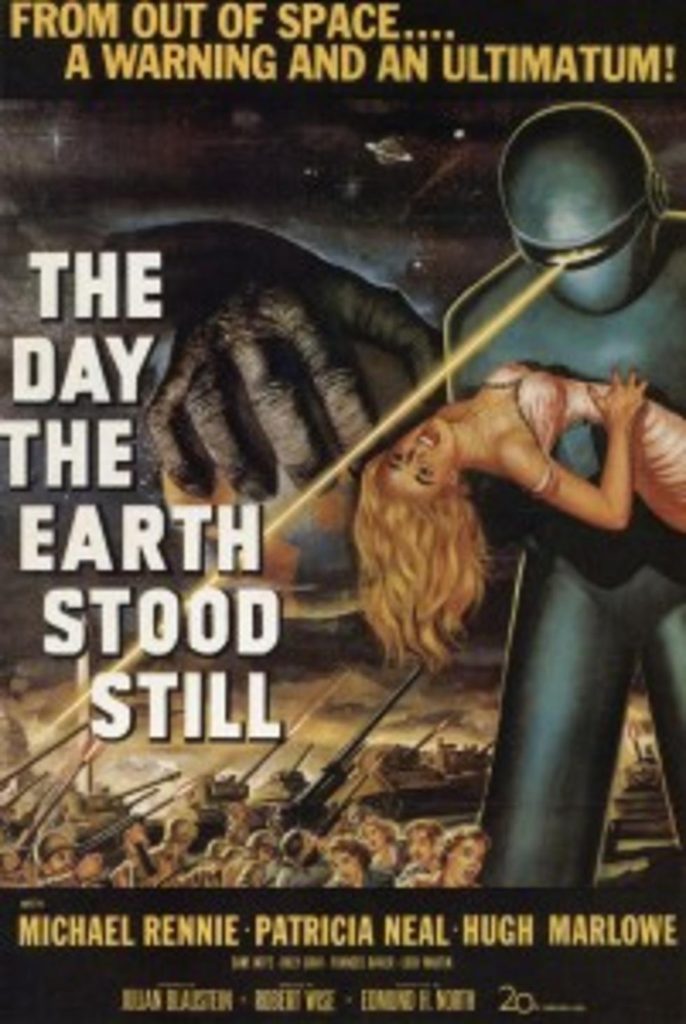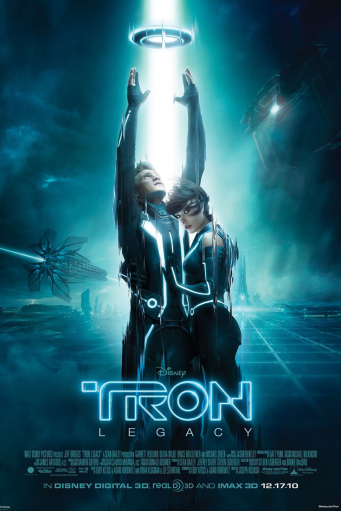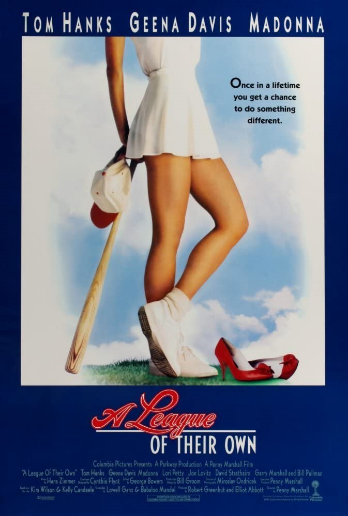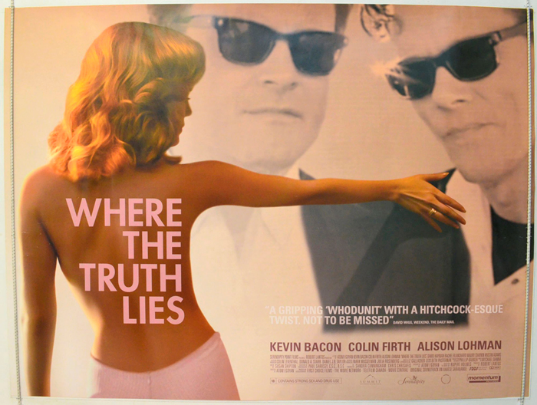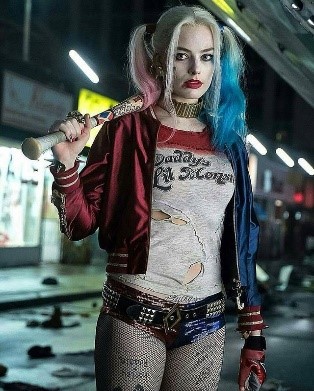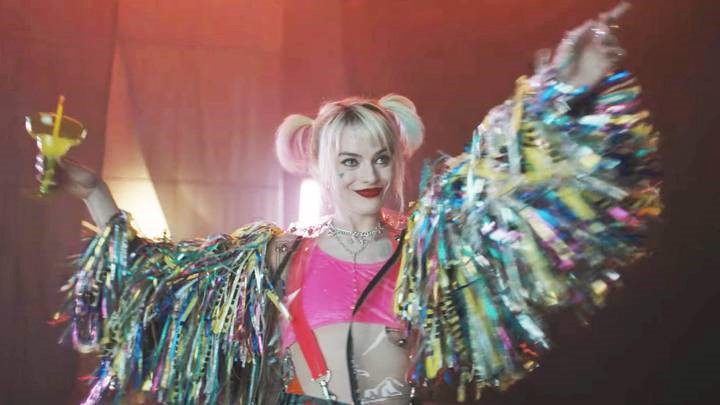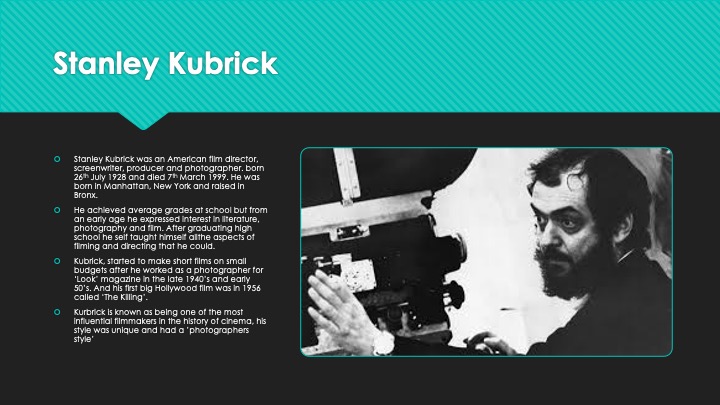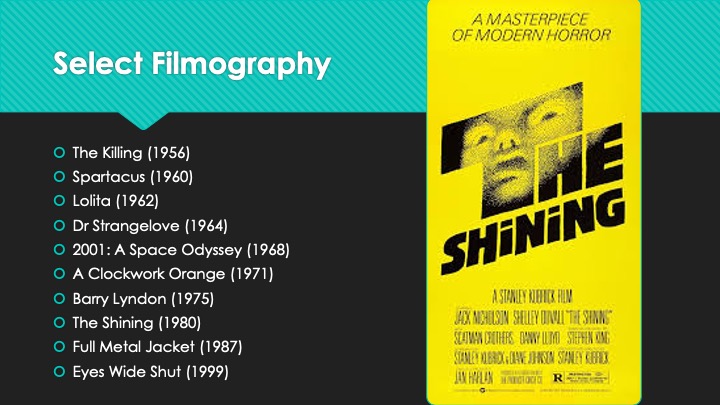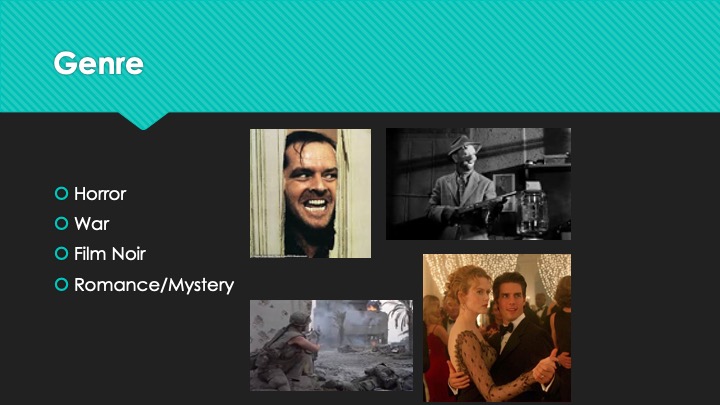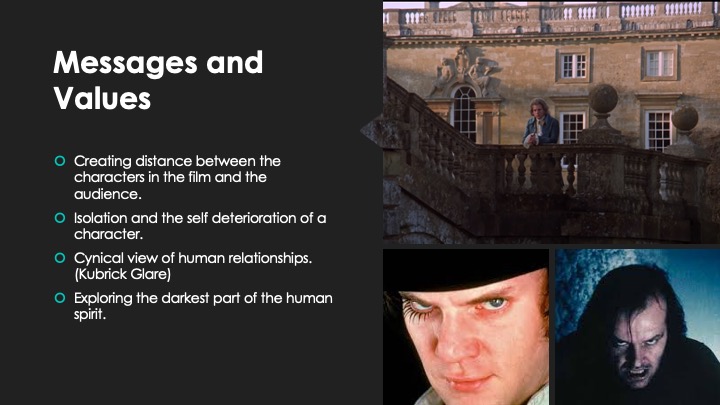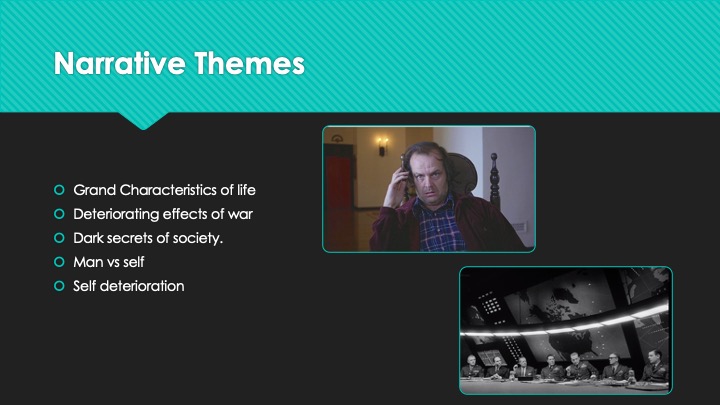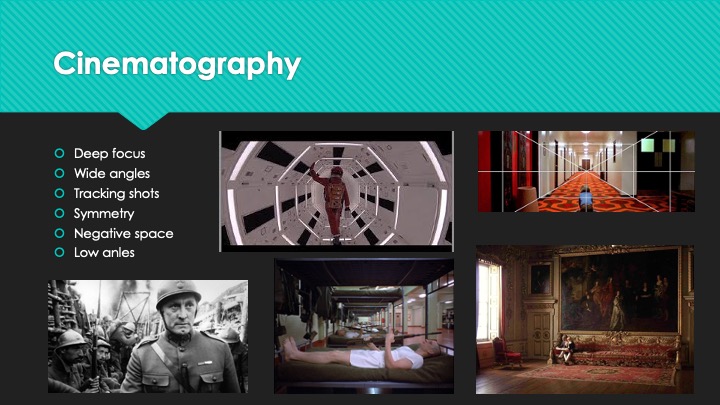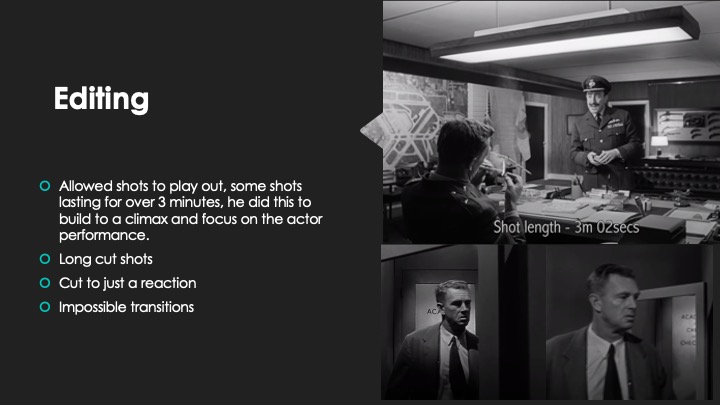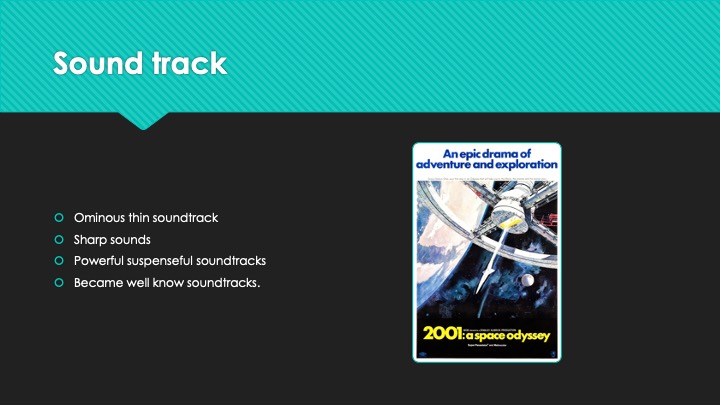Subaltern: the lower or colonized classes who have little access to their own means of expression and are thus dependent upon the language and methods of the ruling class to express themselves.
Otherness. it is a concept that describes how minority or less powerful groups are positioned as inferior to dominant groups. It is a marker of difference that is imposed, not adopted. Religious groups are not self-stigmatising.
Orientalism: the process (from the late eighteenth century to the present) by which “the Orient” was constructed as an exotic other by European studies and culture. Orientalism is not so much a true study of other cultures as it is broad Western generalization about Oriental, Islamic, and/or Asian cultures that tends to erode and ignore their substantial differences.
Diaspora: the voluntary or enforced migration of peoples from their native homelands. Diaspora literature is often concerned with questions of maintaining or altering identity, language, and culture while in another culture or country.
Exoticism: the process by which a cultural practice is made stimulating and exciting in its difference from the colonializer’s normal perspective. Ironically, as European groups educated local, indigenous cultures, schoolchildren often began to see their native lifeways, plants, and animals as exotic and the European counterparts as “normal” or “typical.”
Mimicry: the means by which the colonized adapt the culture (language, education, clothing, etc.) of the colonizer but always in the process changing it in important ways. Such an approach always contains it in the ambivalence of hybridity.

